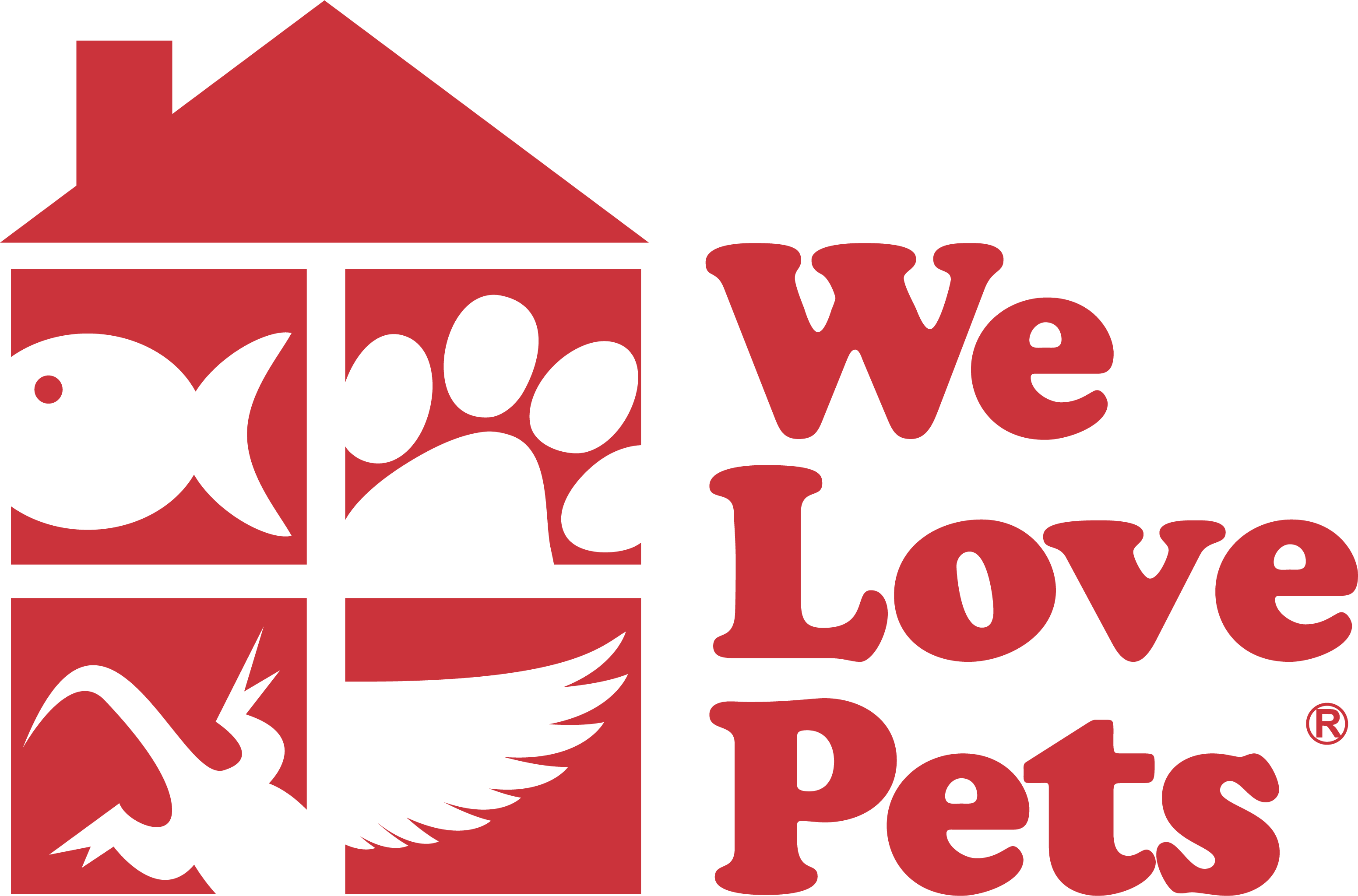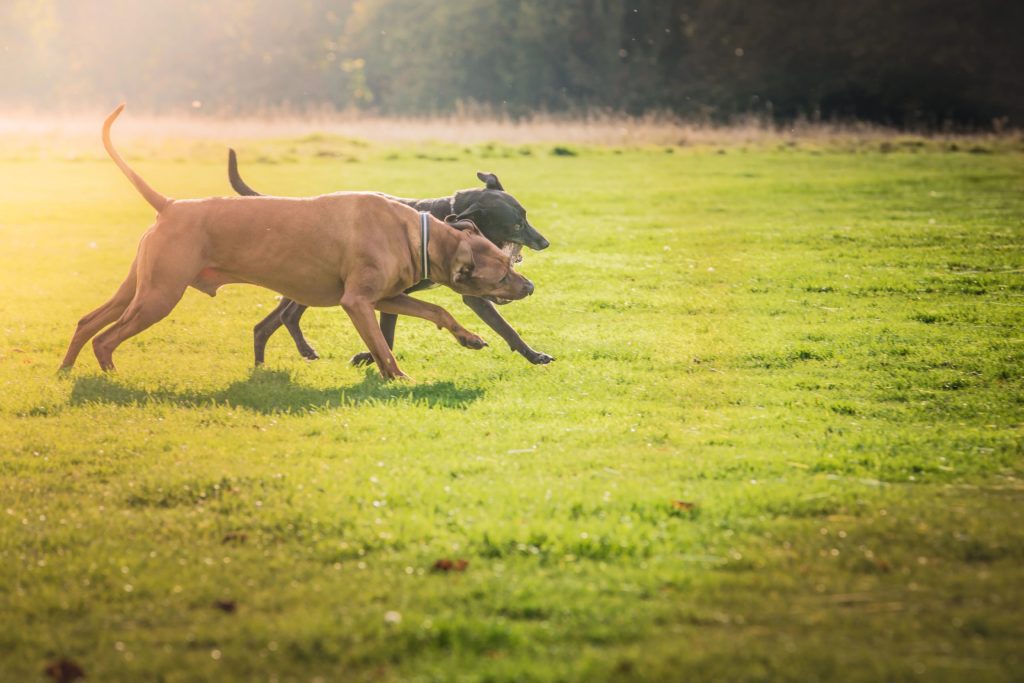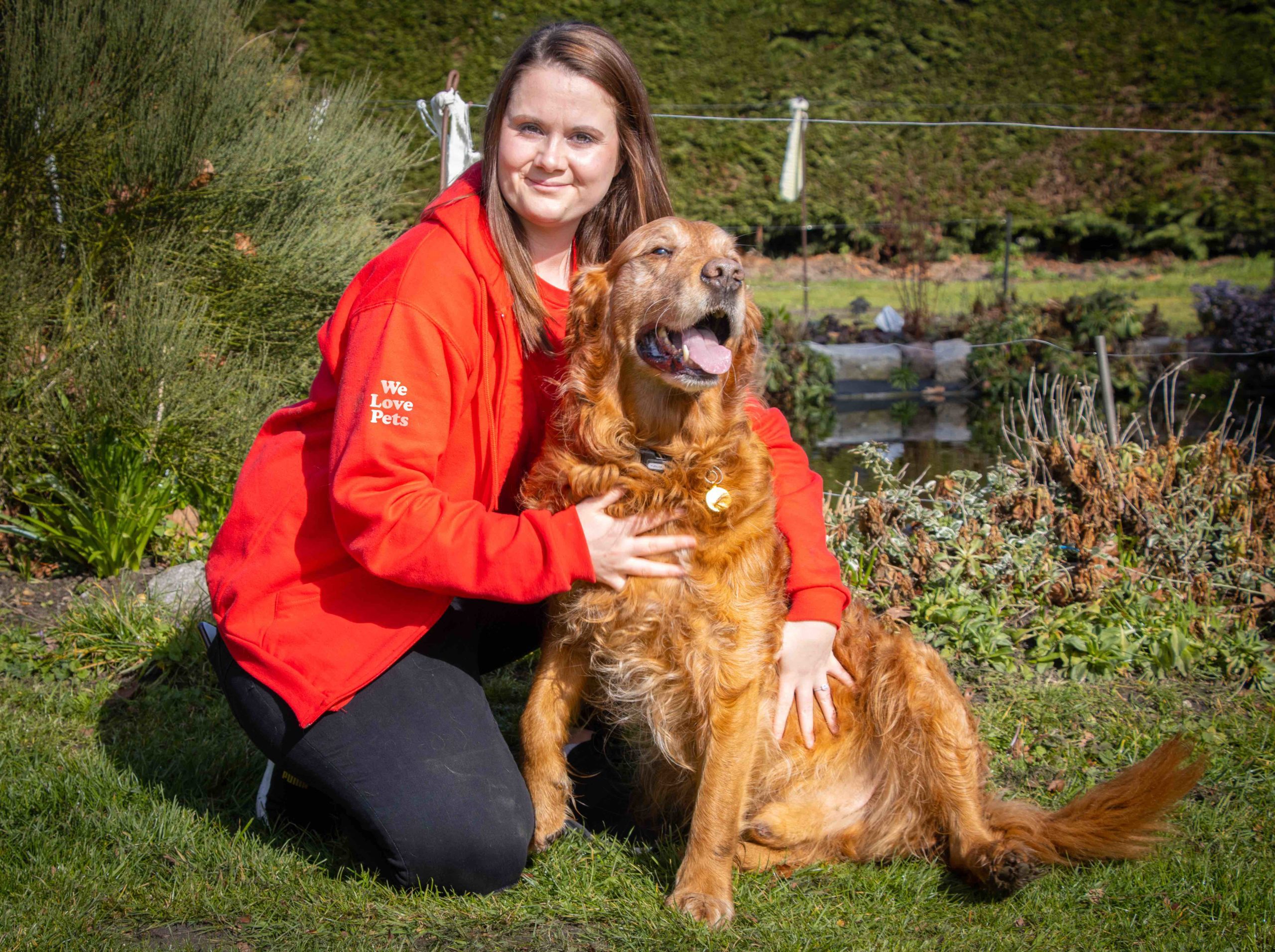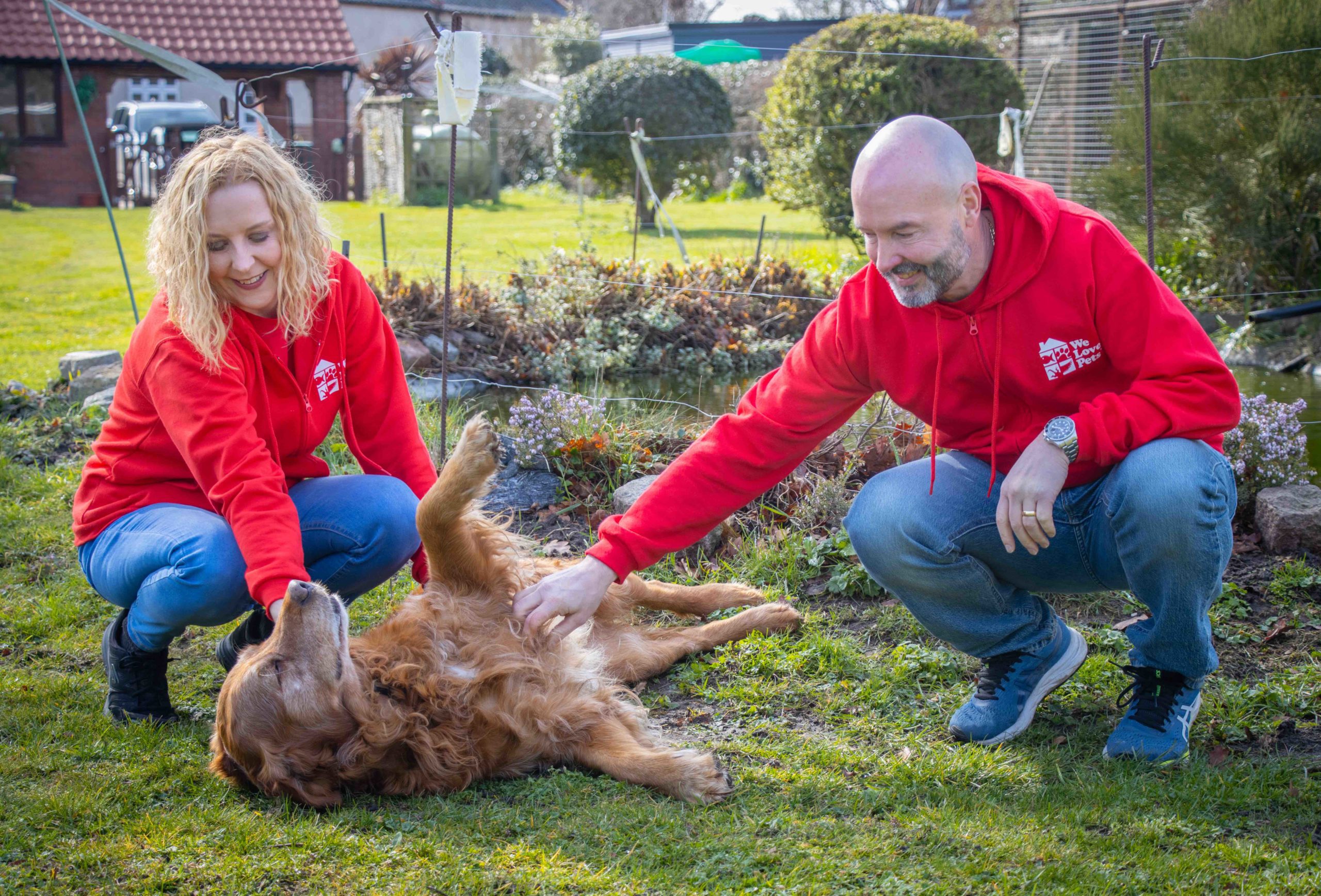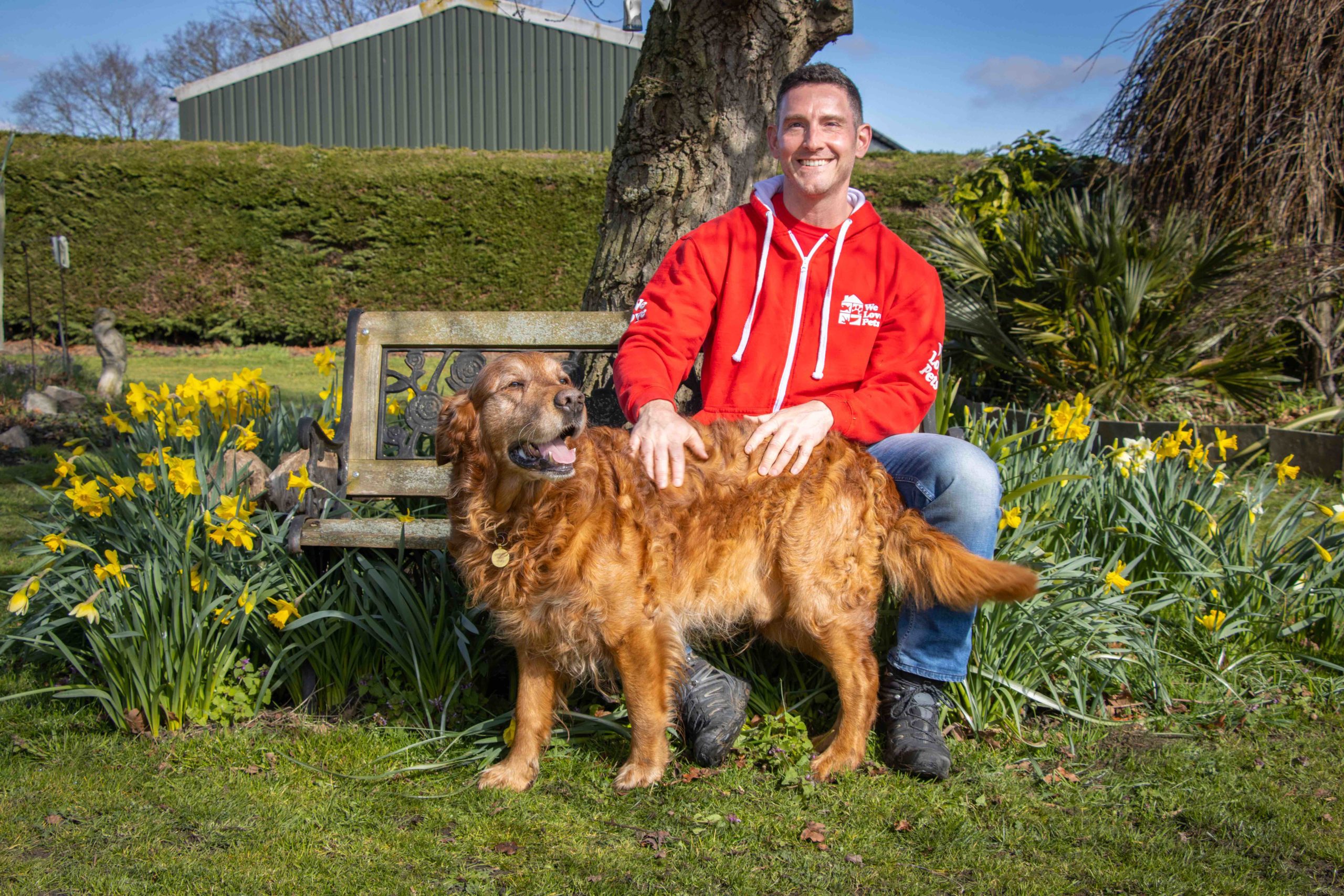Water supports every function of the body and it is a vital nutrient for life. It aids in digestion and helps the body to absorb other nutrients in the stomach and intestine. Water also provides lubrication to the joints, spinal cord and muscles and helps to remove waste products via the kidney and colon. The colon will reabsorb water into the body if the dog is dehydrated but this in turn will cause faeces to become dry and the dog will likely be constipated.
There are times however that our dogs may not be drinking enough and if left unchecked it can lead them to become dehydrated.
Signs of dehydration include:
- Excessive panting in hot weather
- Dry, tacky mucus membranes ( gums) rather than being slippery to the touch.
- Congested mucus membranes that may be quite a deep red. However, as shock starts to set in they will become pale as blood is diverted to keep major organs functioning.
- Slow capillary refill time. Again if pressing your finger against the gums when you release blood should rush back into the area within 3 seconds. If the spot is slow to refill, shock is setting in.
- Pinching up the skin on the back of the neck ( just behind where the collar would lie) if it ‘tents’ instead of springing back down into place, the dog is dehydrated.
- Producing concentrated urine which is strong smelling and is dark in colour. Passing this type of urine but in very small quantities. A urinary tract infection may also cause urine to
appear like this. - In extreme cases – sunken eyes.
- Signs of distress- whining, weak, collapse.
If your dog has any diarrhoea or vomits be aware that unless it is drinking to replace water lost it will be at a higher risk of dehydrating. Puppies and elderly dogs, in particular, will dehydrate quickly and it will affect all of the inner organ systems.
Make sure the water bowl is situated in a place where the dog feels comfortable and is easily accessible to be able to drink. Staying clear of plastic bowls will make sure the water does not take on an odd taste or leach
chemicals into the water over time. This could be enough for your dog to avoid the bowl. Water bowls should be refreshed through the day in hot weather and should be cleaned out properly on a regular basis. Having algae growing in the bottom of a water bowl is not acceptable!
Keeping an eye on the salt content of treats and food is important because if you know your dog is not a big drinker this could lead to it not drinking enough to compensate. A dry kibble only contains 20 % moisture whereas canned food contains 80% water.
When out on dog walks in the summer months carrying a collapsible water bowl that can be hooked to a bum bag and a bottle of water is a good idea. Dogs are sensitive to temperature changes and can find it more difficult to regulate their own body temperature. Dogs don’t sweat like
we do and so panting is their means of trying to control their temperature. Offering water every half hour on walks so that they don’t gulp down a bowl full afterwards is preferred.
We all know that dogs should have water available at all times and they will usually take care of their own thirst needs. However, if you suspect your dog is clinically dehydrated and is showing any of the signs mentioned in the bullet points above then get it to the vet straight away.
The dog will be admitted to the hospital. It will be placed on intravenous fluids usually for at least 24 hours to rehydrate them and replace any lost electrolytes. Any toxins that have built up in the body will be
flushed out via urine and faeces. The vet will also run blood tests to investigate the cause of dehydration if not obviously from heat exhaustion as there may be an underlying illness that has led to the condition.
